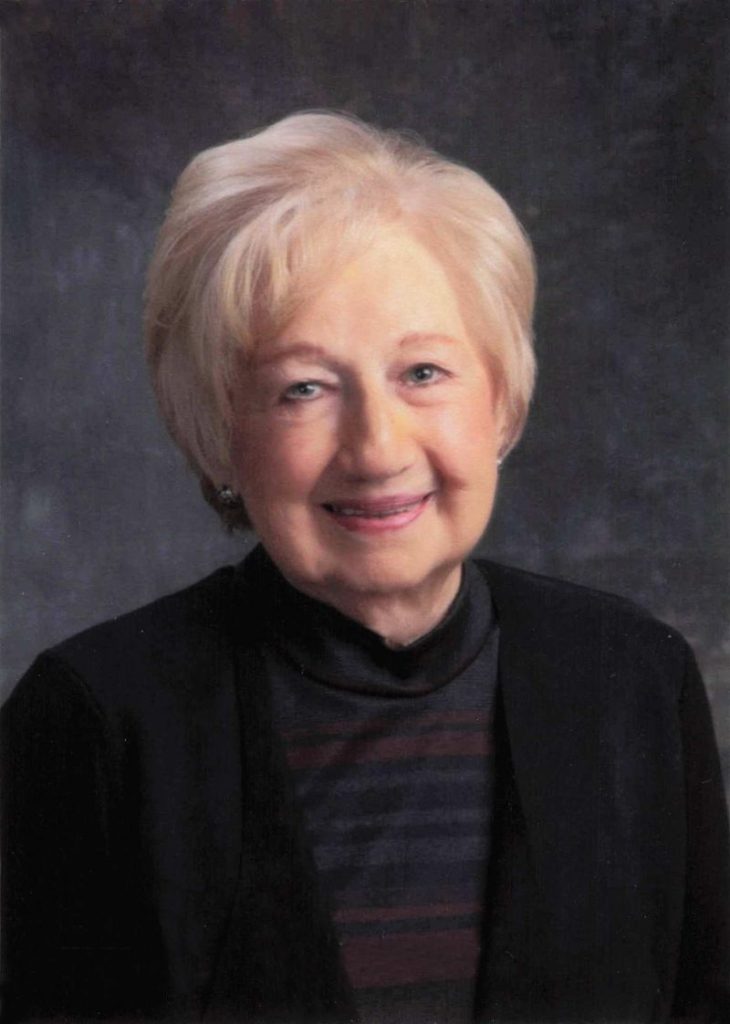February report on Welcome Inn documents 288 structural issues; 60 require immediate action

QUINCY — A 52-page report documenting 288 structural issues helped city officials decide to vacate and then shut down the Welcome Inn, 200 Maine, on Tuesday.
The report, obtained by Muddy River News through a request by the Freedom of Information Act, was completed after a structural assessment of the exterior stairwells and exterior walkway balconies at the Welcome Inn. It was conducted by Matt Cissi with MECO Engineering of Hannibal, Mo., on the morning of Feb. 23.
The report was dated March 4.
Sixty structural issues were classified as being in Tier 1, which require immediate action to prevent damage to property or injury to persons. The report noted that any structural issues identified as being in Tier 1 include any reinforced concrete member with exposed steel reinforcing bars or strands, any steel HSS (Hollow Structural Section) exhibiting severe corrosion, and any hand railing that has broken loose of one or more of its anchor points or corroded to the extent of being unsafe.
“To resolve the Tier 1 structural issues, these components must be replaced or repaired in such a way as to correct the underlying issue,” the report said. “Repairing many of these structural sections could be costly in terms of time and money and therefore may be more economical to replace these components instead of repairing them.
“All corroded reinforcing steel must be removed from the concrete and replaced with new reinforcing steel. This is impractical to do with the hollow-core slabs due to the nature of their design and construction. For cast-in-place reinforced concrete with corroded or exposed reinforcing steel, it may be possible to remove and replace the necessary steel without replacing the entire structural section if there is not extensive damage.”
Structural issues identified as being in Tier 2 require further investigation to determine the extent of damage/degradation. The report classified 94 issues as Tier 2.
“(Tier 2) components may fall in either Tier 1 or Tier 3 but were unable to be classified during the site visit due to various reasons such as being obscured by temporary sheathing, requiring partial demolition, time constraints, etc.,” the report said. “Consequently, more extensive investigation is necessary to properly ascertain the extent of damage and to determine whether replacement or repairs are necessary.”
Structural issues identified as being in Tier 3 require preventative maintenance to prevent significant degradation, such as peeling or flaking paint on hand rails or steel HSS beams, or any column wrap damaged to allow water intrusion. The report classified 134 issues as Tier 3.
“(The condition of Tier 3 issues) do not appear to pose an immediate threat to persons or property,” the report read. “However, if these components are left in their current conditions, they may become a risk to persons and property in the future.
“To prevent these components from degrading over time, it would be best to remove rust from steel members via sand blasting or other appropriate methods, stop water intrusion by waterproofing, regrouting or fixing column enclosures, and painting to protect from weather.”
Miss Clipping Out Stories to Save for Later?
Click the Purchase Story button below to order a print of this story. We will print it for you on matte photo paper to keep forever.

